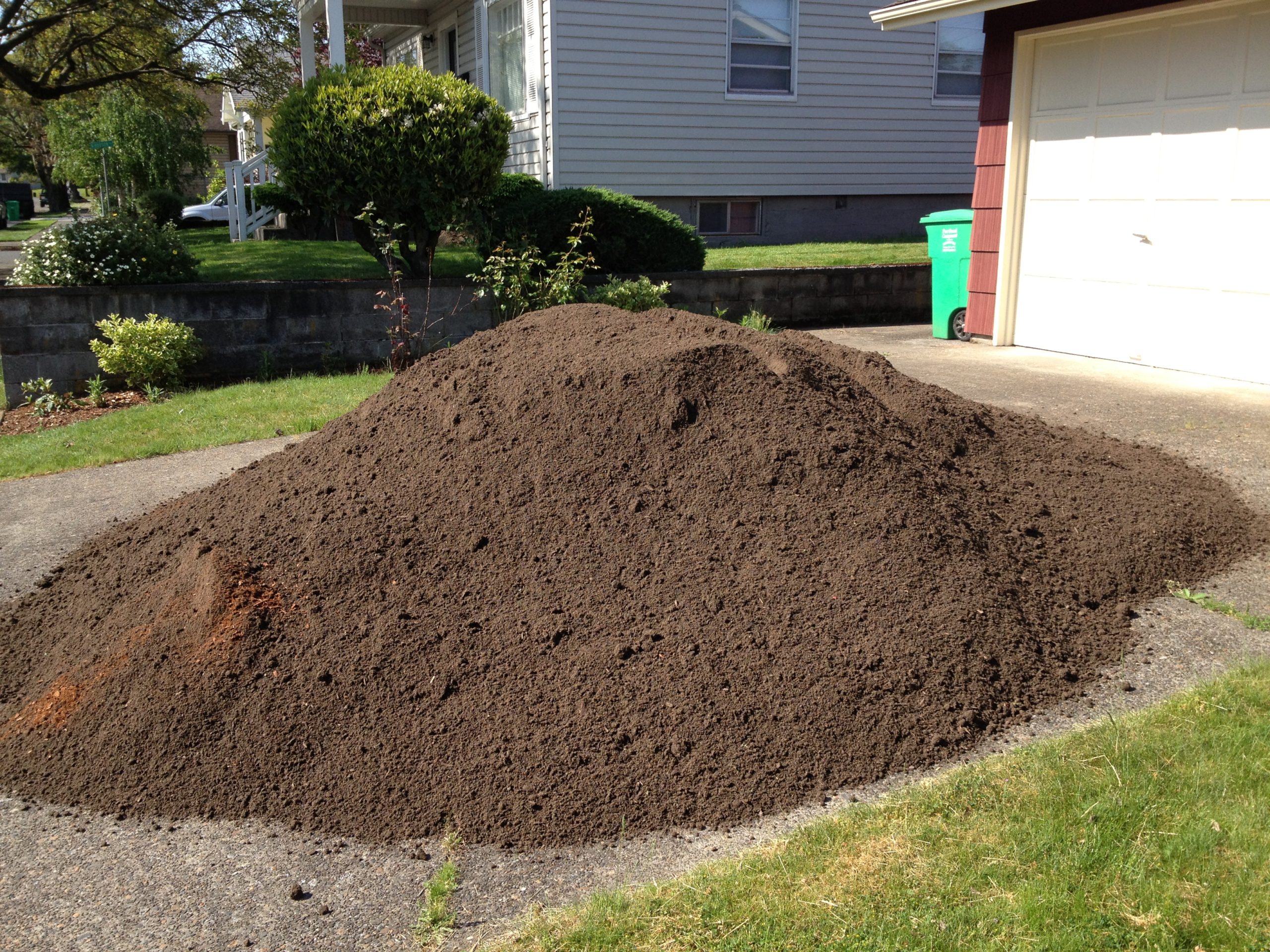Home projects such as repairing a sewer line or installing a new irrigation system require excavation to complete. It comes as a surprise to many homeowners how much dirt this process leaves behind in the form of a huge pile.
Rather than immediately hauling the dirt away, some contractors may recommend that homeowners allow it to settle back into the earth. That could leave them staring at a pile of dirt in their yard for many months. This begs the question: Why does the pile of dirt the contractors excavated from the ground look larger than the hole it came from?
Understanding the Settling Process of Dirt
Before homeowners can understand why they have a huge pile of dirt in their yard and how it eventually settles, it’s helpful to know what makes up the composition of dirt in the first place. From smallest to largest, soil composition includes the following:
- Organic matter containing dead and living organisms makes up 5 percent
- Air is 25 percent
- Water is 25 percent depending on the capacity of the soil to hold water and typical precipitation patterns for the area
- Minerals such as clay, sand, silt, and stone make up 45 percent of soil composition
The minerals contained in soil can vary greatly in size. For example, a handful of soil can include large rocks all the way down to minute particles of clay measuring only .002 millimeters in size. Regardless of the size of the particles, they contain air and water between them. The excavation process obviously disrupts the soil. When this happens, pocket sizes increase to accommodate the air and water. The compression of soil, which normally takes decades, comes completely undone with the excavation process.
How to Measure a Pile of Dirt in Cubic Yards
Most homeowners prefer to hire a contractor to haul dirt away after a major project, especially when they completed it themselves. Knowing how to calculate the amount of dirt present on the property in cubic yards makes it easier to budget for the expense of hiring a hauling company or personally delivering the dirt to a local landfill. Calculating the cubic yards in a pile of dirt first requires the homeowner to figure the size of the cone using this formula:
- V = 1/3 * π * R² * H
- V = the volume in cubic feet
- π = 3.14159265
- R² = length B divided by 2
- H = Height
Next, calculate the center prism’s volume by using these steps:
- 5 * A * B * H
- V = the volume in cubic feet
- A = length A
- B = length B
- H = height
The homeowner should then add the two results together to come up with a value in cubic feet and divide the cubic feet by 27 to obtain a value for cubic yards. The last step is to enter the dirt pile’s height and its base length in feet.
While this may look complicated, several online calculators exist to help with the process of how to measure dirt piles. Knowing the measurements helps to avoid sticker shock for the hauling job or paying too much because the homeowner doesn’t know the current going rates.

